Your cart is currently empty!
Boron Doped Diamond Electrode on Niobium (BDD/Nb Electrode)
Description
Boron Doped Diamond Electrode on Niobium (BDD/Nb Electrode)
Looking for a high-performance electrode that combines durability, efficiency, and versatility? The Boron Doped Diamond Electrode on Niobium (BDD/Nb Electrode) is your answer. With a thermal conductivity of over 1600 W/(m·K) and a polycrystalline diamond (PCD) structure, this electrode is designed for demanding applications in water treatment, electrochemical sensors, and more.
BDD by MPCVD vs HFCVD
Microwave Plasma CVD (MPCVD)-synthesized boron-doped diamond (BDD) electrodes exhibit superior electrochemical performance compared to Hot Filament CVD (HFCVD) counterparts. MPCVD enables precise control over plasma density and boron doping uniformity, resulting in highly crystalline films with minimal defects and robust sp³ bonding. This method avoids filament contamination risks associated with HFCVD, which can introduce impurities (e.g., silicon from quartz components) and create uneven doping distributions, compromising electrode stability and conductivity. Studies confirm MPCVD-grown BDD electrodes on substrates like niobium and silicon achieve optimal adhesion, longevity, and enhanced electrochemical activity for applications such as water treatment and energy storage. At 6CCVD, our BDD electrodes are synthesized via MPCVD, ensuring industry-leading quality and performance.
Table of Contents
Specifications
| Parameter | Value |
|---|---|
| Diamond Thermal Conductivity | >1600 W/(m·K) |
| Diamond Type | PCD (Polycrystalline Diamond) |
| Substrate Material | Niobium |
| Resistivity | 2-24 mΩ.cm |
| BDD Layer Thickness | 2 μm to 20 μm |
Key Features
- Wide Electrochemical Window: Ideal for high-potential applications like water treatment and electrochemical synthesis:cite[1]:cite[4].
- High Durability: Resistant to fouling and corrosion, ensuring long-term performance:cite[3]:cite[4].
- Excellent Thermal Conductivity: Efficient heat dissipation for high-power applications:cite[2].
- Versatile Substrate: Niobium substrate provides mechanical stability and compatibility with various systems:cite[2].
Applications
The BDD/Nb Electrode is used in a wide range of industries:
- Water Treatment: Efficient removal of organic pollutants and nitrogenous compounds:cite[1]:cite[4].
- Electrochemical Sensors: High sensitivity and stability for detecting substances in liquids:cite[2].
- Electrolysis: Used in ozone water generation and CO2 reduction:cite[2].
- Analytical Chemistry: Coupled with flow systems like HPLC and capillary electrophoresis:cite[4].
- Electroorganic Synthesis: Enables efficient chemical synthesis with high current efficiency:cite[5].
Benefits
- Eco-Friendly: Supports green technologies by enabling efficient wastewater treatment:cite[1].
- Cost-Effective: Long lifespan reduces replacement and maintenance costs:cite[3].
- High Performance: Superior electrochemical properties compared to traditional electrodes like glassy carbon:cite[4].
FAQs
Q: What is the lead time for this product?
A: The standard lead time is 1 month, unless otherwise stated.
Q: Can this electrode be customized?
A: Yes, we offer customization options for size, doping concentration, and substrate materials. Learn more about customization here.
Q: How does the BDD/Nb Electrode compare to other electrodes?
A: It offers a wider electrochemical window, higher durability, and better thermal conductivity than traditional electrodes like platinum or glassy carbon:cite[3]:cite[4].
Why Choose Us?
We specialize in high-quality diamond-based products, including BDD electrodes on silicon and diamond heat sinks. Our BDD/Nb Electrode is backed by rigorous testing and expert craftsmanship, ensuring you get the best performance for your applications.
External Resources
For more information on the applications and benefits of BDD electrodes, check out these resources:
- A Practical Guide to Using Boron Doped Diamond in Electrochemical Research
- Boron-Doped Diamond Electrodes in Flow-Based Systems
- Boron-Doped Diamond Electrodes for Electroorganic Chemistry
- Effect of boron doping levels on the microstructure and characteristics of high-quality boron-doped diamond electrodes prepared by MPCVD
Ready to upgrade your electrochemical systems? Buy now and experience the difference with our Boron Doped Diamond Electrode on Niobium!
Additional information
| Diamond Layer | 2 um, 4 um, 6 um, 8 um, 10 um, 20 um |
|---|---|
| Diameter | 25 mm, 50 mm, 75 mm, 100 mm, 125 mm |
| Resistivity | 2 mΩ.cm, 6 mΩ.cm, 12 mΩ.cm, 24 mΩ.cm |
Only logged in customers who have purchased this product may leave a review.

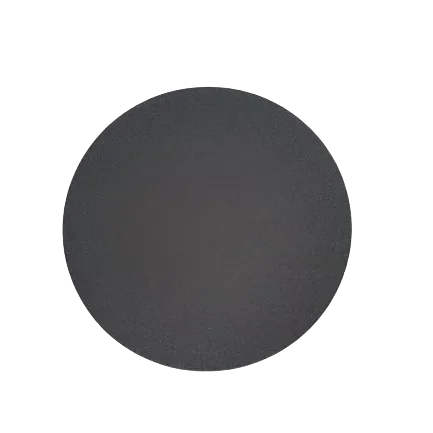


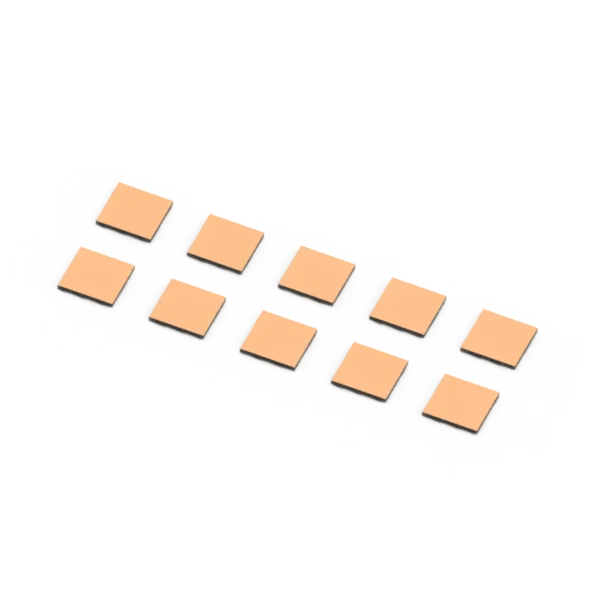
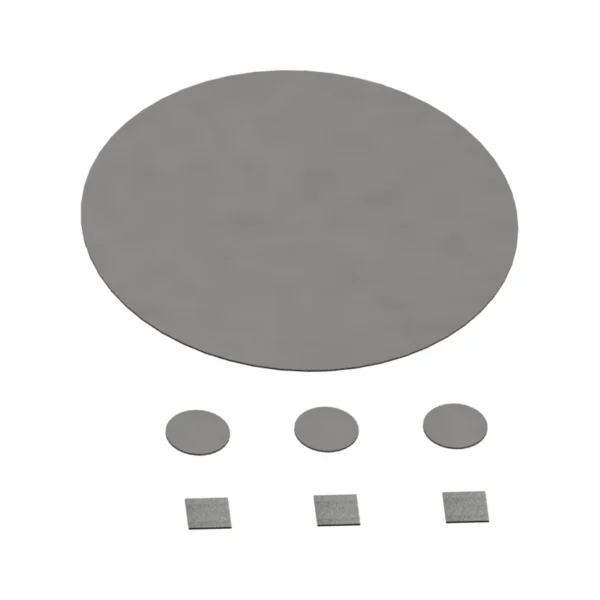
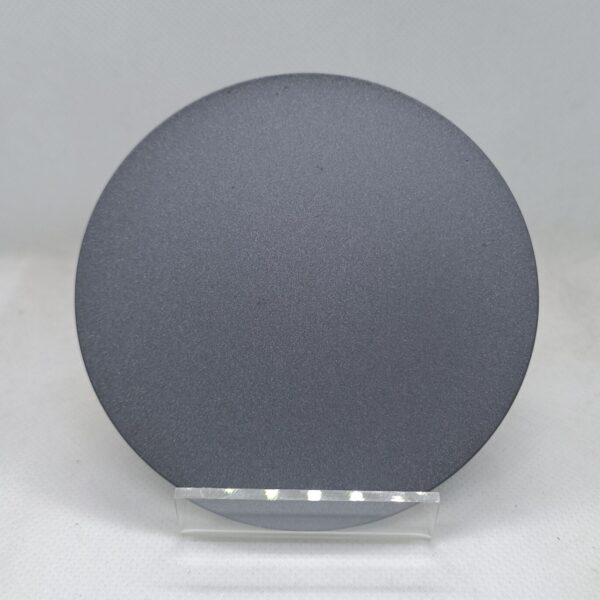
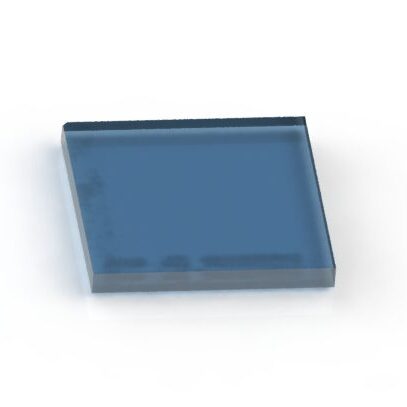
Reviews
There are no reviews yet.